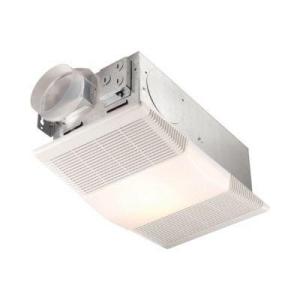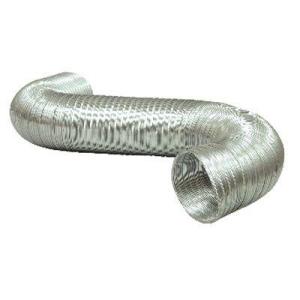With the snow setting in and the cold temperatures making a much more permanent stay, we find ourselves cranking the heat up in order to stay cozy until spring rolls around. Owners of older homes find themselves at a serious disadvantage when heating their homes because they likely do not have proper insulation. Although the heat gets turned up, a lot of it is lost through cracks in the walls or through the floors, ceilings and/or windows (especially true for older windows that do not have a very good thermal coefficient). Tax rebates entice a lot of people to put in new windows and to insulate their homes thus promoting energy efficiency. However, there is definitely a right and wrong way to do it.
When installing insulation in attics, be sure to install baffles along the ceiling in order to allow air to flow between the insulation and roof. That will inhibit moisture from forming. Additionally, use insulation with a higher R rating to increase the amount of energy saved. R-30 is generally standard for a lot of applications, but in severely cold climates, r-45 provides even better thermal protection, especially in areas where the house may have cracks or vents allowing cold air to pass. If you apply two R-19’s on top of each other, the result is an thermal insulation ratings of R-38 and so on and so forth. Insulation should not be smashed down. It should fit comfortably within joists or between studs to provide the maximum thermal benefit.
Aside from insulating, a lot of people go a step further and install either wall or ceiling mount heaters and fan units, especially in the bathroom to take the chill out of the room throughout their early morning shower.
When upgrading to an electric ceiling mount fan unit in a bathroom there is a very common mistake that is made that can easily be avoided during the installation process, ultimately saving you a lot of headaches. It involves the installation of uninsulated (standard) flexible ducting that allows the air in the bathroom to exit the house. (Pictured below).
The standard ducting is relatively cheap but ultimately poses a problem for bathrooms that get steamy. It is more of a problem when the ducting runs through a location where cold air is prominent (attics).In bathrooms that add the heater unit, the higher temperature only furthers the problem. When the steam exits the bathroom and enters the duct, the difference in temperature between the inside of the duct and the air in the attic causes condensation to form. The condensation then leaks onto your ceiling and ruins the drywall likely resulting in added repair costs. This problem can easily be avoided.
When adding an exhaust fan (especially one with an optional heater unit) insulated ducting should be implemented to inhibit condensation from forming. Insulated ducting is still relatively cheap and will provide a crucial benefit to your bathroom remodeling project. That way you can truly relax in your cozy bathroom with the piece of mind that your install was done properly.


